
Oral Herpes – basics
Generally speaking, the above-stated condition is a medical term referring to a cluster of kindred viruses. The group itself consists of the following viruses:
• Varicella-Zoster virus – main culprit for occurrence of shingles and chicken pox
• Epstein-Barr virus – responsible for the occurrence of mononucleosis
• Cytomegalovirus – cause of infections whose primary target are newborn children and those with unhealthy immune systems
• Herpes Simplex virus (HSV for short) – responsible for infections oral and genital in nature
What should be made clear from the start is that there exist two varieties of this oral herpes, that being HSV-1 and HSV-2. The former is the main culprit for the occurrence of lesions ulcerative in nature, and known as the fever blisters or cold sores. The latter is responsible for the occurrence of genital herpes. Despite the rather strict division of conditions they are the direct cause of, there have also been the cases in which the HSV-1 was at the bottom of the genital herpes, and also cases in which the HSV-2 caused oral herpes.
Related Conditions
Cold Sores/Fever Blisters – when it comes to the physical appearance of these manifestations, they appear in the form of minute, clear blisters, which carry in them certain amounts of fluid. Areas of appearance which are considered to be most common for these are face, and especially lips. The most common symptoms are blisters that cause a lot of pain, situated either on the lip or under one’s nose, and with the potential to ulcerate. When it comes to lesions, they are known to be followed by a high fever. One important thing regarding cold sores is that they have the tendency to disappear on their own in 7-12 days, and rarely cause any of the more serious medical conditions and problems. Another essential thing about cold sores is that they are extremely contagious by nature and can be transmitted by ways of sexual contact, saliva and even social contact.
Eye Infection – the HSV has also the potential to negatively affect the eyes by infecting them, and cause the medical condition known as herpes keratitis. This is considered to be the most frequent culprit for the occurrence of corneal blindness in the US. Symptoms of the inflammation include feeling of something being present in one’s eye, increased light sensitivity, aches and intense pain. Healing treatments include topical antiviral therapy, interferon treatment and also the combination of both methods.
Treatment Methods and Techniques
When it comes to treating the oral herpes, there exist two categories of methods, non-specific treatment which has the goal to reduce the HSV lesions symptoms, and specific anti-viral therapies with the goal to speed up the lesion healing process and prevent reappearance.


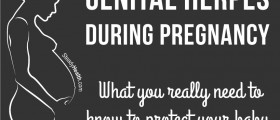
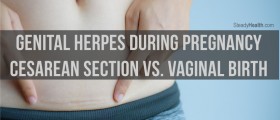

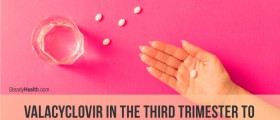

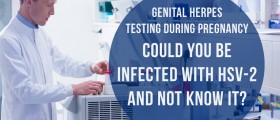



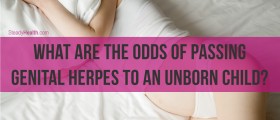

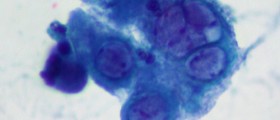

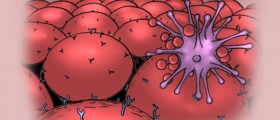
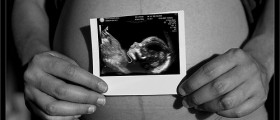
Your thoughts on this
Loading...